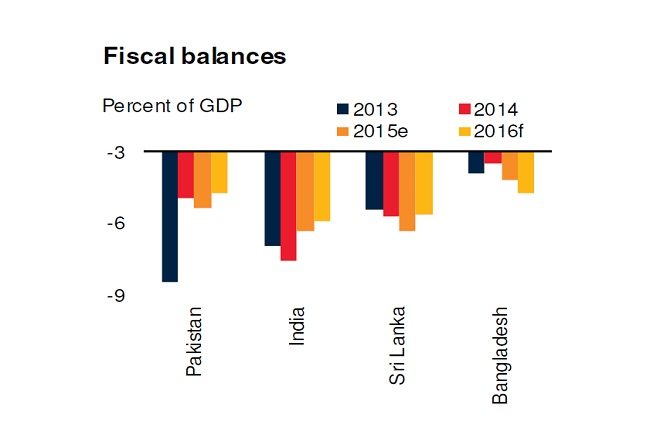buy valtrex online buy valtrex online no prescription
1 percent in 2016 and strengthen to 7.3 percent by 2018, underpinned by robust domestic demand, the World Bank said in its Global Economic Prospects report. In the near term, consumption spending continues to benefit from low oil prices and modest inflation rates, although these effects will wane in the medium term, the report said. "Reforms to strengthen macroeconomic stability, address business environment deficiencies (including energy shortages), and resolve non-performing loans problems will improve the region’s prospects for growth and for further poverty reduction," the report said. Domestic risks, however, include slower-than-expected progress in structural reform, vulnerabilities in bank and corporate balance sheets, and fiscal challenges. The fiscal situation remains diverse across the region. India and Pakistan are on a path of fiscal consolidation, whereas fiscal deficits are on the rise in Bangladesh and Sri Lanka. Reflecting improved macroeconomic fundamentals, capital outflows from India were limited during the global financial market turmoil earlier this year. But Sri Lanka, along with other emerging and frontier market economies, experienced "significant capital outflows," the report said. Although India is the region’s largest and fastest-growing economy, Pakistan, Bangladesh, and Bhutan are showing strengthening activity. Partly thanks to the ongoing liberalization of India’s foreign direct investment (FDI) regime, FDI to India surged 37 percent from the launch of the “Make in India” campaign in October 2014 to February 2016, with the computer software and automotive sectors attracting the bulk of this investment. In Bangladesh, growth is estimated to have reached 6.5 percent in FY2015/16, supported by increased public investment, public sector wage increases, and steady remittance flows. Despite the contraction in global trade, Bangladeshi exports expanded by 15.5 percent in FY2015/16, with rapid growth in garment exports, where it holds a significant labor cost advantage. Sri Lanka's banking sector appears to be stronger in the South Asian region, with lower non-performing loans as a percentage of loans, but economic growth and total debt is being outshone by regional peers. "Economic activity in Sri Lanka steadied at 4.8 percent in 2015 supported by robust consumption, and strong growth in the services and agricultural sectors." "However, earlier loose monetary policy and rising fiscal deficits have led to a deterioration in the current account balance and gross external reserves position." In Pakistan, which has an annual energy deficit of about 5000MW, power shortages may have shaved off about 4 percentage points of GDP growth per year. Similar shortages are reported in Bangladesh. Some success is evident in India, where the peak electricity deficit in India declined to its lowest level on record (2.4 percent) in 2015, thanks to ongoing government investment and reforms that have increased generation capacity. Further, unrestricted crossborder electricity trading within the sub-region holds great potential, saving up to some 9 billion dollars per annum of electricity costs.






